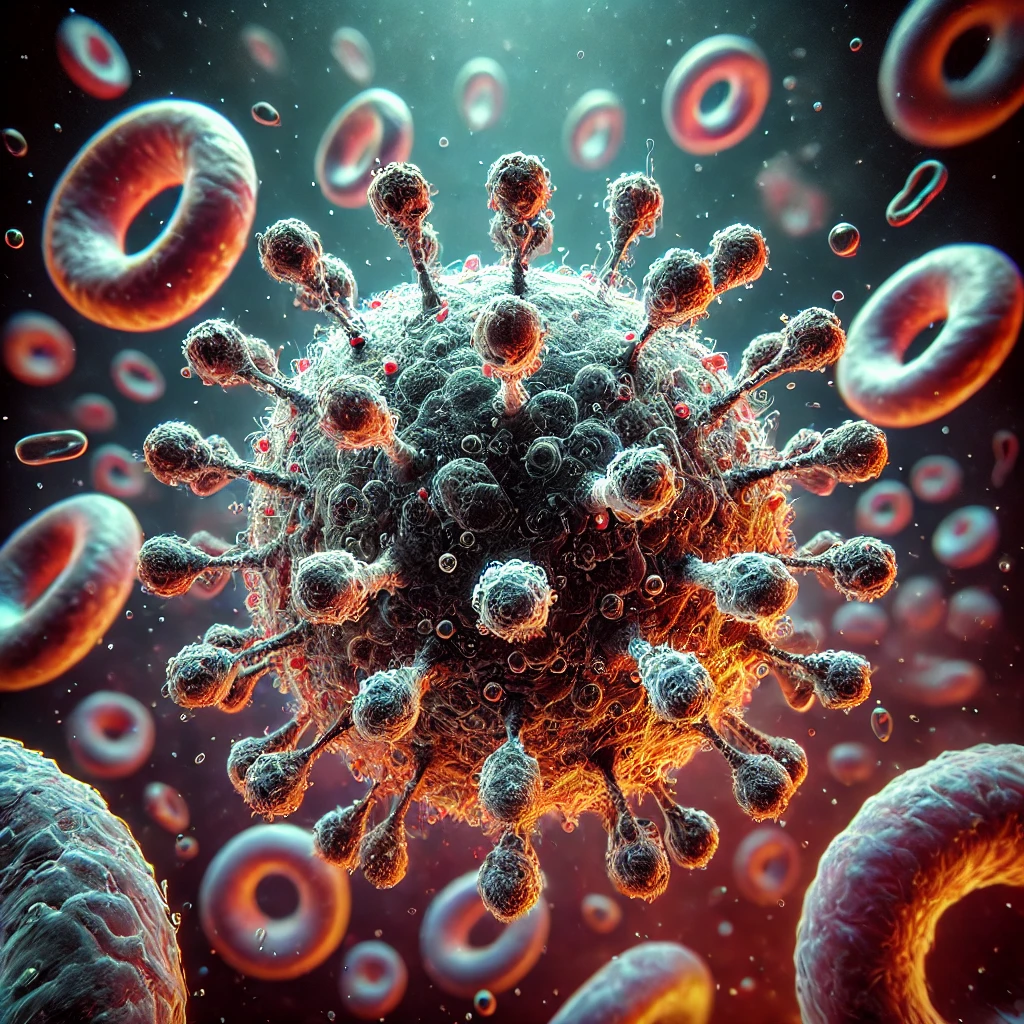1. What is U=U?
2. What are the conditions for achieving U=U?
-
ART treatment was continued stably for several months. -
The viral load remained undetectable for several months – guidelines recommend six months. -
Take your medicine on time every day.
3. How can a person not be contagious?
4. Is U=U suitable for everyone?
5. Are all anti-HIV drugs applicable?
6. Does U=U apply to all types of sexual behaviors?
7. Does this mean I can stop using condoms?
8. My partner is HIV positive/negative but still wants to use condoms?
9. Do STIs (sexually transmitted infections) affect zero risk?
10. How long does it take to measure the viral load?
11. What should I do if I forget to take my medicine one day?
12. What about viral load fluctuations?
13. Will the viral load rebound to a higher level?
14. What is the difference between “zero” and “very low” risk?
15. Does U=U apply to other modes of HIV transmission, such as blood transmission and mother-to-child transmission?
END






